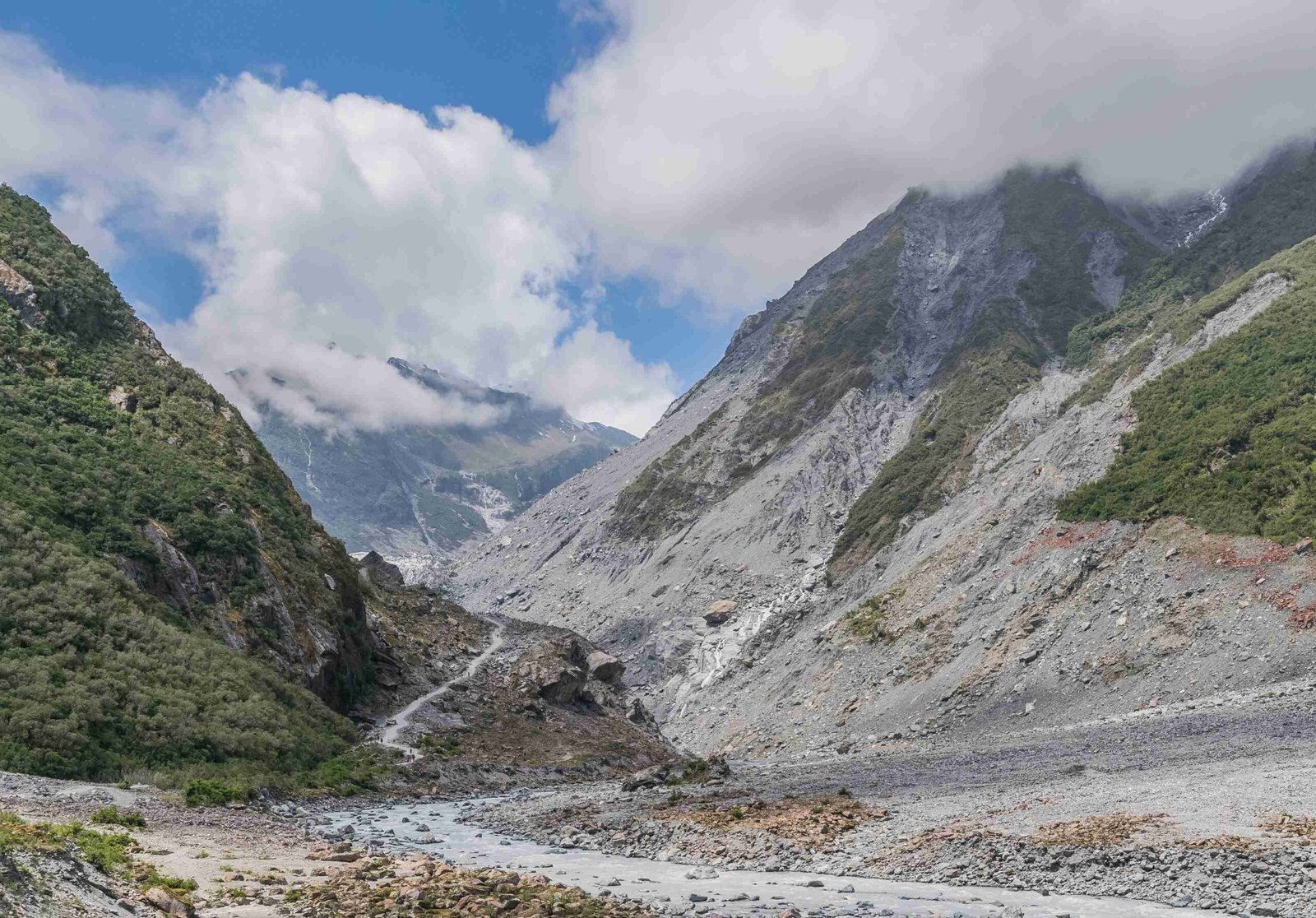Tourism has significantly impacted Glacier National Park, bringing both benefits and challenges. The park has seen a steady increase in visitors, with over 2.9 million recreational visits in 2023 alone. This influx has boosted the local economy, generating substantial revenue and creating thousands of jobs. However, it has also led to environmental concerns, prompting the implementation of visitor management strategies to balance conservation efforts with tourism demands.
What Are the Visitor Statistics and Seasonal Trends?

Glacier National Park has experienced a consistent rise in tourism over the past few years:
- In 2023, the park recorded 2,933,616 recreational visits, marking its sixth busiest year in history.
- This represents a 0.9% increase from 2022.
- Monthly records were set for May and September in 2023:
- Over 200,000 visitors in May
- Nearly 554,000 visitors in September
- The park has maintained around 3 million visitors annually for the last five years, except for 2020 due to pandemic-related closures.
These statistics highlight the growing popularity of Glacier National Park as a tourist destination, with shoulder seasons gaining more traction.
How Has Increased Tourism Impacted the Park’s Environment?

The surge in visitors has raised several environmental concerns:
- Congestion and traffic management issues, particularly on the Going-to-the-Sun Road
- Potential wildlife disturbances due to increased human presence
- Possible habitat degradation from expanded infrastructure and foot traffic
While specific data on glacial retreat rates or wildlife disturbances directly attributed to tourism is not provided in the available sources, these are general concerns associated with increased visitation in national parks.
To address these issues, the park has implemented various management strategies:
- Vehicle reservation pilot program to manage peak-hour visitation
- Efforts to spread visitation throughout the day
- Reduction of closures and improved traffic management on popular routes
What Visitor Management Strategies Have Been Implemented?
Capacity Limits and Reservation Systems
Glacier National Park has taken proactive steps to manage the influx of visitors:
- Vehicle Reservation Pilot Program:
- Implemented to manage peak-hour visitation
- Successfully spread visitation throughout the day
-
Reduced closures and improved traffic management on the Going-to-the-Sun Road
-
Expanded Reservation System:
- Initially included Many Glacier and Two Medicine entrances in 2023
-
Adjusted based on public feedback for 2024
-
Flexible Visitation Times:
- Narrowed hours requiring reservations
- Allowed for sunset drives and evening hikes
Educational Programs and Public Engagement
While specific educational programs are not detailed in the sources, the park’s management strategy includes:
- Public engagement sessions
- Feedback collection to inform future strategies
- Efforts to gather input for more effective visitation management and reduced environmental impacts
These initiatives aim to create a balance between visitor experience and conservation efforts.
What Are the Economic Benefits of Tourism to Glacier National Park?
Tourism has brought significant economic advantages to the park and surrounding communities:
Revenue Generation and Local Business Growth
- In 2023, tourism to Glacier National Park generated:
- $372,129,000 in spending within local communities
- $554,585,000 contribution to the local economy
| Sector | Impact |
|---|---|
| Lodging | Significant direct contributions |
| Restaurants | Major economic boost |
| Retail | Increased sales and business growth |
| Fuel | Higher demand and revenue |
| Attractions | Enhanced visitor spending |
Job Creation
- Tourism activities directly supported over 5,000 jobs in the local area
- Nationally, the lodging and restaurant sectors alone contributed to:
- $9.9 billion in economic output
- 89,200 jobs (though figures for Glacier National Park are lower but still significant)
These economic benefits underscore the importance of tourism to the park and its surrounding communities, highlighting the need for sustainable management practices.
How Are Environmental Changes Being Addressed?
While detailed data on specific environmental changes attributed to tourism is not provided in the sources, the park has implemented several measures to address potential challenges:
- Vehicle Reservation System:
- Manages congestion and traffic
- Distributes visitors more evenly throughout the day
-
Reduces peak-hour environmental stress
-
Public Engagement Sessions:
- Gather input on sustainable tourism practices
-
Help develop strategies to minimize environmental impact
-
Data Collection and Monitoring:
- The National Park Service works with parks to develop data collection procedures
- Visitor use statistics are monitored to ensure sustainable management
These measures aim to strike a balance between providing access to the park’s natural wonders and preserving its ecological integrity for future generations.
What Future Challenges and Opportunities Exist for Tourism in Glacier National Park?
As tourism continues to grow, Glacier National Park faces both challenges and opportunities:
Challenges:
- Balancing increased visitation with conservation efforts
- Managing potential environmental impacts of tourism
- Adapting to changing climate conditions that may affect the park’s ecosystems
Opportunities:
- Developing more sustainable tourism practices
- Enhancing educational programs to promote conservation awareness
- Leveraging technology for improved visitor management and experience
The park’s management will need to continue adapting its strategies to address these challenges while capitalizing on opportunities for sustainable tourism growth.
In conclusion, tourism has significantly affected Glacier National Park, bringing economic benefits and management challenges. The park’s efforts to implement visitor management strategies, coupled with ongoing monitoring and public engagement, aim to ensure that the natural beauty and ecological integrity of Glacier National Park are preserved while still allowing for meaningful visitor experiences.
References:
1. Daily Inter Lake – Glacier National Park broke records in the shoulder seasons, but stays on par for annual visits in 2023
2. National Park Service – GNP Announces 2023 Visitation Data
3. National Park Service – Tourism to Glacier National Park contributes over $554M to local economy